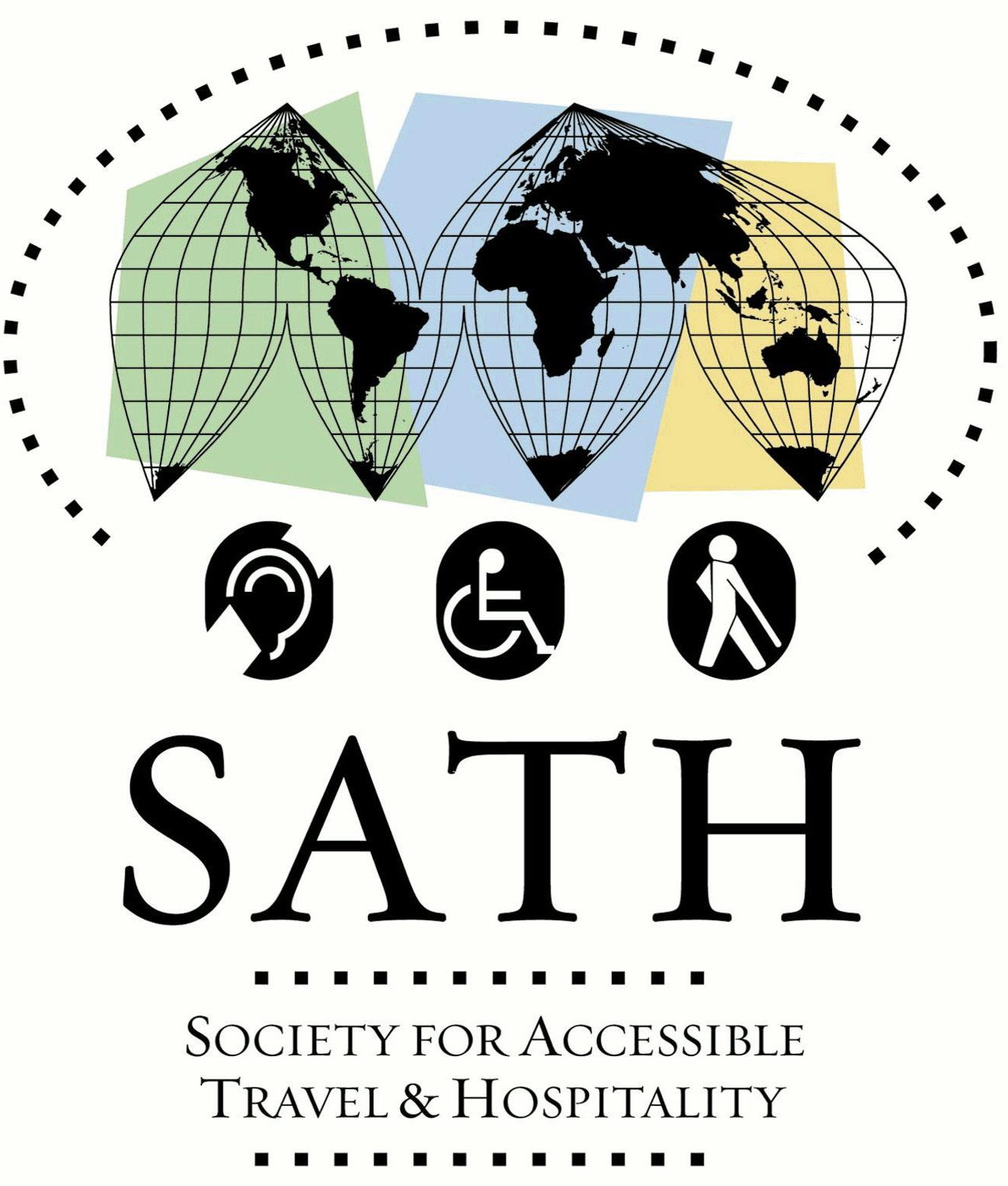By Jani Nayar, SATH Executive Coordinator
When SATH was invited to speak at the 4th Annual Accessibility Workshop – “Opening Doors and Minds” in Canada, I accepted the invitation to attend the event and give a presentation on the topic, tourism for people with disabilities. With bags and presentation in hand, I headed out on a three-day trip to Essex County, Canada, where I had been advised to stay in Windsor, since it is the nearest city with an international airport.
The Hilton Windsor, where I stayed, is very welcoming for people using wheelchairs or having mobility issues. The entrance is accessible, equipped with an automatic door and proper signage. However, a lowered counter for check in is conspicuous by its absence. People with vision and hearing impairments may face difficulties, with little or no facilities on offer. The accessible rooms are one on each floor, all facing the same side. The lack of accessible rooms facing the River and the Detroit skyline is indeed unfortunate, as the view is quite breathtaking.
The adapted rooms and bathrooms have enough space for a wheelchair. The bars are properly positioned and the safe, the closet rods, etc. are at a proper height. There are no roll-in showers in any of the bathrooms but they provide a shower bench. The dining rooms are quite wheelchair accessible with wide tables. However the buffet table could have been a little lower to allow wheelchair users to serve themselves. People who are deaf or blind will have difficulties in getting to the restaurant as well as self service.
The City of Windsor has started looking at accessibility quite seriously. Most of the newer shops and restaurants have ramps and ample space inside. The Italian restaurant where we had dinner had ramps and tables which are quite adequate for wheelchairs. Needless to add, the food was fantastic too.
The Town of Essex, where the workshop was organized by the Essex Council’s Accessibility Advisory Committee, is a quaint little town with around 21,000 inhabitants. The local church – Holy Name of Jesus Parish Hall – is a virtually a monument for accessibility. This is especially so, for people with mobility issues, given the wide doors and corridors. The restrooms, besides the customary adaptations, have color schemes that differentiate the sink from the rest of the counter so as to aid people with low vision.
It is estimated that Ontarians with disabilities will number about 1 in every 8 by the year 2025. The local businesses are determined to implement all facets of accessibility to accommodate people with any kind of disability. Undoubtedly, the fact that people with disabilities spend $25 billion every year and influence 12 to 15 million other Canadians is definitely the carrot at the end of the stick! By making all possible changes to the sidewalks, entrances, the insides of each and every building, they are trying their best to adapt their environment for this huge segment of the population. This has brought about a lot of positive changes in Essex County. The Accessibility for Ontarians with Disabilities Act (AODA) is being finalized, aimed at guaranteeing that all people with disabilities are accommodated in Ontario and are able to live without physical and attitudinal barriers.
The day after the workshop I had the opportunity of visiting Point Pelee National Park. To quote their web site, “Just over 50 km (30 miles) south-east of Windsor, Ontario, lies the most southern point on the Canadian mainland – Point Pelee National Park of Canada. This tiny green oasis is internationally known for its spring and fall migration of birds and its stunning autumn monarch butterfly migration. Famous vistas such as the “Tip” and Marsh Boardwalk provide people of all ages with unlimited opportunities to discover nature. As you pass through the Park gates, you are arriving at the southernmost tip of Canada’s mainland, which is at the same latitude as northern California”
Having read in their brochure that Point Pelee was built by the birds, I decided to check out the park, though the time of year was late into fall, leaving little possibility for a large bird population. I am glad I did, because I got to discover another shining example of accessibility adaptation. This is one place that I would recommend for anybody with a disability in view of the great attention to accessibility details in the park. The boardwalks, the trails, visitor’s center are all accessible, so are the restrooms which are conveniently located. Despite being off-season for birds, I was thrilled to sight so many birds. Being an avid birdwatcher, I have made up my mind to visit again in May during the peak season. One dilemma that bothers me now is deciding whether I want to do bird-watching in May or see the Monarch butterfly migration which happens only in September!
On our way back we stopped at a restaurant – Paula’s Fish Place – for a very late lunch. Oh Boy! Was I surprised with their restroom, their outside seating area and all the other facilities that they provide for people with mobility problems! For anyone with a disability, this restaurant is a “must stop” place. Added attraction, they served one of the best seafood meals that I have ever had. To top it all, their hospitality makes you feel right at home. Their web site: http://paulasfishplace.com/ 857 Point Pelee Drive,Leamington,
Ontario, Canada Email: fishplc@wincom.net
My trip to Windsor and its neighboring towns showed me that it does not take an urban sophisticated place to be welcoming to people with disabilities. It is so encouraging to see such small unpretentious towns and villages that are doing a great job welcoming people with disabilities without physical or attitudinal barriers. Places like these make our World a much better place to live in!

